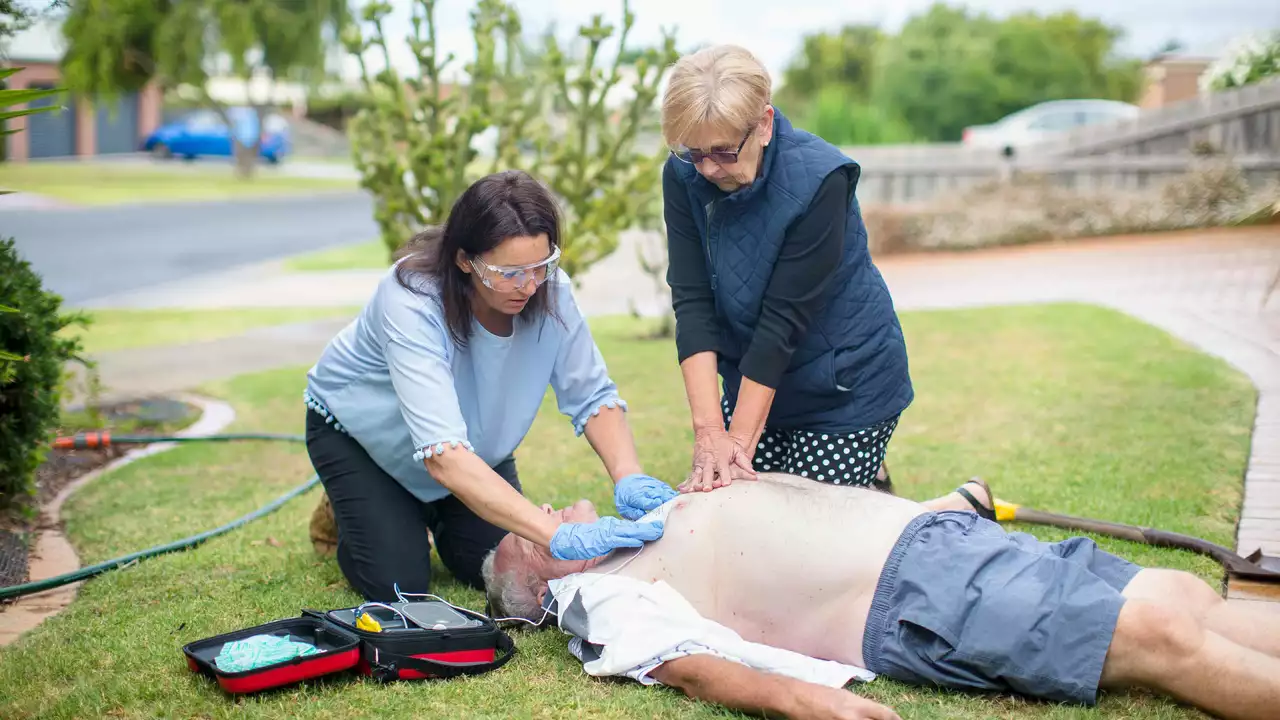Health and Wellness
When you think about Health and Wellness, the overall state of physical, mental, and social well‑being. Also known as well‑being, it covers everything from daily habits to emergency preparedness, the first question is simple: what does a balanced life really look like? It isn’t a vague ideal; it’s a set of concrete actions you can start today. Whether you’re chasing a faster 5K time or trying to understand why a sudden chest pain feels terrifying, the same core principles apply—stay informed, stay active, and know how to react when something goes wrong.
Why Heart Safety Matters in Everyday Wellness
One of the most critical pieces of cardiac health, the condition of your heart and circulatory system is the ability to recognize and respond to a cardiac emergency. Cardiac arrest, a sudden loss of heart function that can happen to anyone, anywhere is not just a medical term you read in textbooks; it’s a real‑life risk that can strike during a solo workout, while cooking, or even while you’re watching TV. Knowing the warning signs—chest discomfort, shortness of breath, sudden faintness—lets you act before seconds turn into minutes. And if you’re alone, techniques like the “cough CPR” trick can buy you precious time while you call for help.
But spotting the problem is only half the battle. Effective emergency response, the coordinated actions taken to assist a medical crisis hinges on preparedness. Keeping a phone within reach, knowing your local emergency number, and having a basic first‑aid kit are simple steps that dramatically improve survival odds. The link between Health and Wellness and emergency response is direct: a well‑rounded wellness plan incorporates both preventive habits and a clear plan for when the unexpected occurs.
Another vital element is learning proper CPR, cardiopulmonary resuscitation, a lifesaving technique that keeps blood flowing when the heart stops. You don’t need to become a certified instructor overnight, but a quick online tutorial or community class can turn you into a first line of defense. CPR isn’t just about chest compressions; it includes ensuring the airway is clear, delivering rescue breaths if trained, and staying calm under pressure. When you combine CPR knowledge with an understanding of cardiac arrest symptoms, you create a safety net that benefits both you and everyone around you.
Beyond heart‑specific concerns, Health and Wellness also embraces daily habits that keep the whole body in sync. Regular aerobic activity strengthens the heart, while strength training supports bone density and metabolic health. Nutrition plays its part, too—balanced meals packed with lean proteins, whole grains, and plenty of vegetables fuel recovery and reduce inflammation. Mental health isn’t an afterthought either; mindfulness, adequate sleep, and social connection are all tied to lower stress hormones, which in turn protect cardiovascular health.
All these pieces—cardiac awareness, emergency response readiness, CPR skills, fitness routines, and mental resilience—form a cohesive web that supports a robust health profile. Below you’ll find a hand‑picked collection of articles that dive deeper into each of these topics. From step‑by‑step guides on recognizing cardiac arrest to tips for building a home first‑aid kit, the posts are designed to give you actionable insights you can apply right now. Ready to boost your personal wellness game? Let’s explore the resources that will help you stay ahead of the curve and handle the unexpected with confidence.
My Favorite Pervertable: What It Really Means and Why People Seek It
A deep look at what makes certain massages feel transformative-not because they're sexual, but because they offer rare emotional safety and physical connection. Learn why people seek sensual touch and what to look for in a real experience.
FDA recalls 142,000 bottles of generic Lipitor over dissolution flaw
The FDA has recalled over 140,000 bottles of generic Lipitor after dissolution tests failed, urging patients to verify lot numbers and contact pharmacies for replacements.
How can you survive a sudden cardiac arrest alone?
Surviving a sudden cardiac arrest when you're alone can be incredibly challenging, but it's not impossible. First things first, you need to recognize the signs - chest pain, shortness of breath, and fainting. If you're experiencing these, try to alert someone nearby or call emergency services immediately. While waiting for help to arrive, you can attempt a 'cough CPR', where forceful coughing might help your heart to regain its normal rhythm. Remember, every second counts, so acting swiftly is the key to survival.


